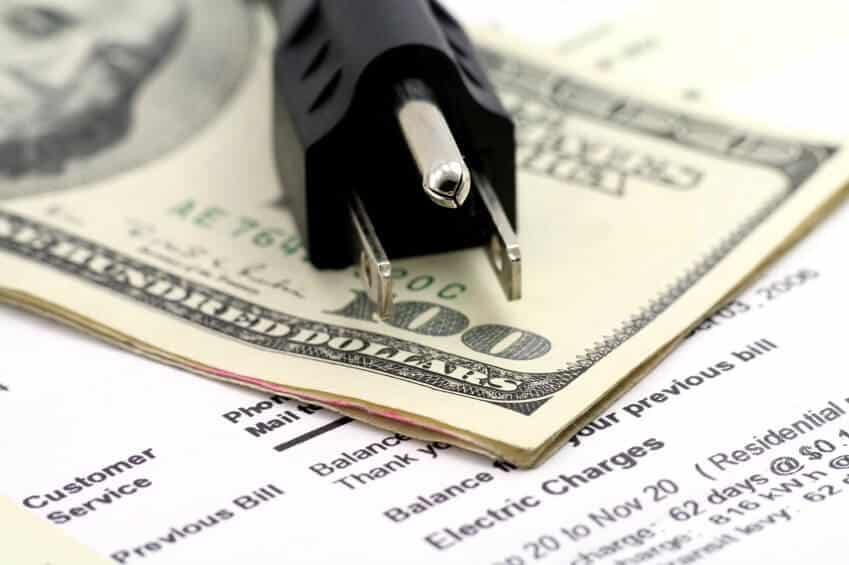Despite What You May Read, Utility Rates Are Increasing Under Your Nose
While living in Florida in 2016, the grim reality behind utility pricing became overly obvious to me. The Free Solar Amendment was being sold to the public as a safe and better way for Florida to go solar. Luckily, a couple months before the election the truth about this amendment was released to the public. The Free Solar Amendment was sponsored, written and financially backed by the major utility companies in the state, including Duke-Progress. They were trying to LIMIT SOLAR GROWTH and having it etched into the state constitution. Millions had been spent on mailers, commercials, and lobbies, but in the end leaked videos and even firefighters who had been misrepresented spoke up.
The utilities failed, and now Florida can continue to develop its young solar movement.
Every state has its own utility system, but the way they play the game is largely the same. A press release in one area claiming decreases, while a newspaper in another area proves actual increases. Massive investment in solar farms for them, but public statements and punitive rate plans discouraging solar for homeowners.
Let’s have a look at Carolina cooperatives, like Four County Electric Membership Cooperation, Carteret-Craven Electric Cooperative, or Jones-Onslow Electric Memberhip Cooperation. When you search for information on solar you will be directed to a video that explains the weaknesses of solar and the importance of your grid utility. What is this about? North Carolina has seen the largest growth in utility scale solar farms in the country. These solar farms provide cheap energy during peak use times along with large profits for their investors which often include the utility providers themselves. The Utilities’ confusing message to consumers came to the forefront in a recent town hall meeting debating a proposed solar farm in rural North Carolina, “How is this going to benefit me?”
The fact is that utility providers are charging customers more while increasing their savings and profit. That rural homeowner who spoke out would not see utility rate decreases. His cooperative discourages home solar and has higher rates than the neighboring counties. If a homeowner invests in generating his own power, the cooperative will purchase his produced electricity at 50% of the retail rate instead of the same rate he is charged for using electricity. Plus, they will charge him an extra monthly fee for connecting that system to their grid.
Why? We could believe some complicated excuse or we can get to the real point: the utility companies, even “coops” are FOR PROFIT COMPANIES that ARE FIGHTING HARD TO KEEP THEIR PROFITS and REDUCE YOUR SAVINGS.
Recent utility news:
- Duke-Progress Energy: While building solar proposals, we have seen that Duke has raised rates, instituted adjusted peak times, raised demand use rates, and fees for bright on-sight lighting for churches and commercial businesses. To their credit, Duke has offered users incentives for being more energy efficient, such as using LED lighting. However, Duke published an article in late 2016 claiming customers would not be seeing an increase in rates at the start of 2017. They are hiding the early 2017 increase by raising on commercial users. In the next few months we will surely see a residential rate increase due to “increased fuel costs” or similar.
- Dominion North Carolina Power (DNCP): DNCP serves 102,058 residential customers. In March 2016 they requested an increase in its “non-fuel base rates and charges to its North Carolina customers” of $51 million dollar increase along with other relief. That amounts to a substantial increase per customer annually.




